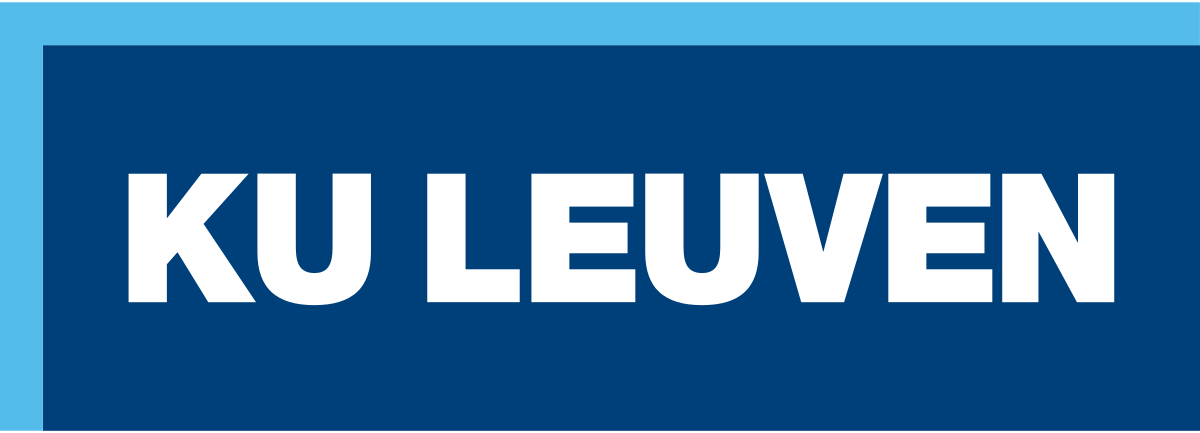KU Leuven: Leuven ‘spectroscopists’ turn materials completely inside out
From solar cells to microchips to LED lamps: fundamentally, these high-tech applications are all based on the interaction between light and matter. These interactions are investigated and manipulated in the new KU Leuven Core Facility KFGS. “We are constantly improving existing materials and developing new ones.”
The KU Leuven Core Facility KFGS can be found in the Leuven NanoCentre building. | © KU Leuven – Rob Stevens
Despite their fundamentally different character, light and matter are often inseparable. This is especially the case in materials whose specific properties of both phenomena are exploited in applications. Our high-tech world is largely based on that interaction between matter and light, and by extension all electromagnetic radiation. For example, light is at the basis of the processes in materials that determine how much electricity a solar cell can harvest. Often it is precisely the luminous properties of materials that shape the application, such as fluorescent substances or LED lighting.
The light-matter interaction is investigated within spectroscopy, a domain at the crossroads of chemistry, biology and physics that has a long tradition at KU Leuven. Spectroscopic instruments have been developed and used in various labs and research groups for over fifty years. From fluorescence microscopes over single molecule detectors to ultra-fast spectroscopes: materials are turned completely inside out at the fundamental micro and nano level (in the order of thousandths to millionths of a millimeter). For example, it is investigated how electrons jump under the impulse of incident light, or how a proton transfer takes place. These specific phenomena take place on an extremely short time scale, the specialization of ultrafast spectroscopy.
First study, then manipulate
However, the Leuven ‘spectroscopists’ not only passively observe how light and matter fundamentally react with each other, they also manipulate materials so that they exhibit desired properties and can be used and integrated in applications. They do this, for example, with perovskite, a very promising material for the mass production of cheap, efficient and even foldable solar cells. “We first study this material in detail, and then try to improve it in several areas,” says Dr. Eduard Fron, head of the recently accredited KU Leuven Core Facility for Advanced Spectroscopy, KFGS for short. “Although perovskite solar cells have become highly efficient in a very short time, we still need to solve a number of challenges before they can become a competitive commercial technology.”
It goes without saying that the perovskite research involves collaboration with the Leuven research center imec, which specializes in nanoelectronics, among other things. This also happens in research into better semiconductor materials, which are first thoroughly studied and then manipulated to make ever better and smaller transistors.
“We are constantly improving existing materials and developing new ones, always with a view to applications that benefit society and the economy,” says Fron. “From the generation of renewable energy to the further miniaturization of microchips and more efficient lighting to new medical scanners, microscopes and biosensors.”
We are constantly improving existing materials and developing new ones, always with a view to applications that benefit society and the economy.
In order to emphasize this continuously ongoing mission and to better coordinate the various sub-areas of spectroscopy, five spectroscopy labs were combined into one large ‘platform’. That spectroscopy platform is now recognized as a ‘KU Leuven Core Facility’. “Under the heading of the KFGS, we want to act more as one large spectroscopy lab, and demonstrate that the different sub-areas work very closely together,” says Fron. The recognition also increases visibility, and can thus also facilitate funding – today the KFGS is supported by funds from the FWO, KU Leuven, imec and a number of European research programs. “That will help us stay at the forefront of global spectroscopy research.”
On the femtosecond scale
The KFGS also aims to attract new ‘customers’ to make use of its rich expertise and advanced research equipment. As mentioned, the expertise goes back half a century, but the measuring devices are brand new. There are about twenty, enough to study and manipulate all possible interactions between matter and light. Fron: “The completeness of the spectroscopy platform is one of our strengths. We can handle all research questions about spectroscopy. ”
To stay at the forefront of the international game, Fron and his colleagues from the KFGS are continuously improving their equipment. They do this largely from their own experience and know-how. “We are constantly improving our techniques and research methods.” Especially in Fron’s personal area of specialization, ultra-fast spectroscopy, this is quite a challenge. The phenomena take place on the scale of femtoseconds (a femtosecond is one trillionth of a second). “Then it comes down to aligning different lasers with incredible precision, both in space and time.”
The target? Making Leuven spectroscopy more famous and starting up new collaborations.
In the meantime, Fron looks to near and far abroad to exchange expertise. The target? Making Leuven spectroscopy more famous and starting up new collaborations. “At the beginning of last year, I worked in a laboratory in New York, and during the same period we set up a new partnership with Japanese and Italian colleagues.”
The spectroscopy platform may focus on fundamental properties of materials and light as well as on their applications, but the KFGS does not deliver finished products. “We end up somewhere in the proof-of-concept phase. It is then up to the industry to finalize the materials or technology into a commercial product, ”says Fron.

